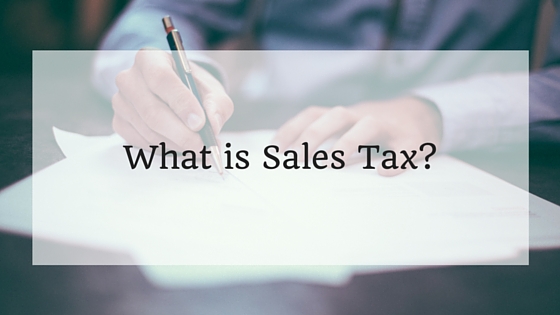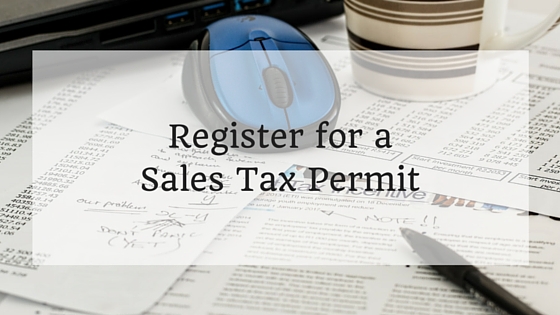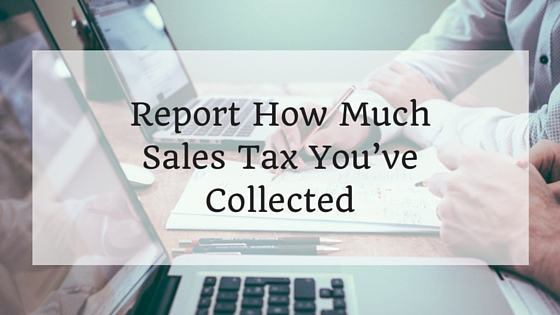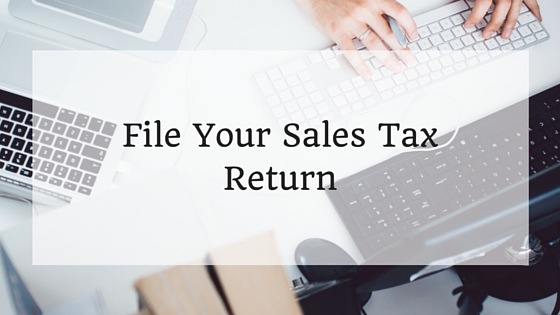This week in our Expert Advice section we have some great insights about how to master your Amazon FBA sales tax. The following is a guest post by Mark Faggiano, founder and CEO of TaxJar:
Nobody ever started a business thinking, “Yes! I can’t wait to deal with complex sales tax liability.” Unless you’re a sales tax accountant… Then this post isn’t for you. But if you’re an FBA seller who wants to make sure you’re sales tax compliant so you can get on with running the fun parts of your business, keep reading.
Sales tax is one of those administrative hassles that goes hand-in-hand with running a successful business. Like anything else, it can be intimidating at first, but it will become old hat as you learn tricks and strategies to deal with it. This post will explain sales tax for Amazon FBA sellers and show you how to master it once and for all.

Intro: What is Sales Tax?
Sales tax is a percentage added on to a transaction by a state, county, city and/or special taxing district. Sellers like you charge sales tax to buyers, and then remit the funds collected back to the state. The states (and counties, cities, etc.) use this money to fund budget items like roads, schools, and transportation.
Sales tax is governed at the state level, and every state’s sales tax laws are slightly different.
Step 1: Find your “Sales Tax Nexus” States
States require sellers who have “sales tax nexus” in that state to charge sales tax to buyers in the state. “Nexus” is just a legalese way of saying a “significant presence” in a state. While every state has something slightly different to say about nexus, these factors commonly create sales tax nexus:
Home state – If you live in a state, you have home state nexus there, even if you sell from your kitchen table
A location – A store, shop, office, warehouse, factory or other location in a state
Personnel – An employee, contractor, salesperson, installer, etc.
Inventory – Storing inventory in a state creates sales tax nexus. This is the aspect of sales tax that often trips up Amazon FBA sellers. (Read on for help!)
Drop shipping – If you have a drop shipping relationship with a distributor, you may find you have sales tax nexus
Affiliates – If an affiliate sends sales to you in exchange for a cut of the profits, you may have sales tax nexus
Selling at a trade show or other event – Selling items temporarily in a state, such as at a trade show, creates sales tax nexus in many states if certain conditions are met
If you have questions about whether or not you have sales tax nexus in a state, you can find out what every state’s laws say about sales tax nexus here. You can also contact the state’s department of revenue if you have questions.

Step 2: Register for a Sales Tax Permit
Once you’ve determined you have sales tax nexus in a state, the next step to get compliant is to register for your sales tax permit. (This is sometimes called a sales tax license, seller’s permit or, if you live out of state, use tax permit.)
Be sure to do this before you begin collecting sales tax from buyers! Most states consider it unlawful to collect sales tax without a permit.
Here’s a step-by-step guide to registering for a sales tax permit in every state.
Step 3: Collect Sales Tax from Your Buyers
Once you have your sales tax permit in hand, it’s time to begin collecting sales tax from your buyers. We’ve put together a handy video on how to set up sales tax collection through Amazon Seller Central.
Many sellers sell on multiple channels. If you need help configuring your sales tax collection on other popular shopping carts and platforms, we have sales tax 101 guides here.

Step 4: Report How Much Sales Tax You’ve Collected
When you signed up for your sales tax permit, your state assigned you a filing frequency and set of due dates. This is generally either monthly, quarterly or annually, with higher volume sellers required to file and pay more frequently.
This is also where sales tax can start to get seriously confusing.
While a small handful of states are simple and just want to know a lump sum of how much sales tax you’ve collected from buyers in the state, most are way more complicated. They want to know how much sales tax you’ve collected, but they want you – the seller – to break that amount down by state, county, city and other special taxing district. In olden times, this mean figuring out which county and/or city your sale took place in (“took place in” = the buyer’s ship to address) and determining the tax rate of each locality. Talk about a nightmare!
Thankfully, sales tax automation has made figuring out how much sales tax you’ve collected from buyers in every city, county and special district much easier. Sales tax software like TaxJar will connect with all the platforms and shopping carts you sell on and hand you a return-ready report just like your state wants to see when it comes time to file sales tax.

Step 5: File Your Sales Tax Return
Speaking of filing sales tax, that’s your next step. When your due date rolls around, you can use your TaxJar report to file your sales tax return at the state’s website. Or, if you really want to take sales tax off your plate, you can have TaxJar AutoFile your return for you.
And that’s it! You’ve handled sales tax for another taxable period. Until another due date rolls around you can get back to doing what you do best – crushing it with your Amazon FBA business!
TaxJar is a service built to make sales tax compliance simple for eCommerce sellers. Try a 30-day-free trial of TaxJar today and eliminate sales tax compliance headaches from your life!







